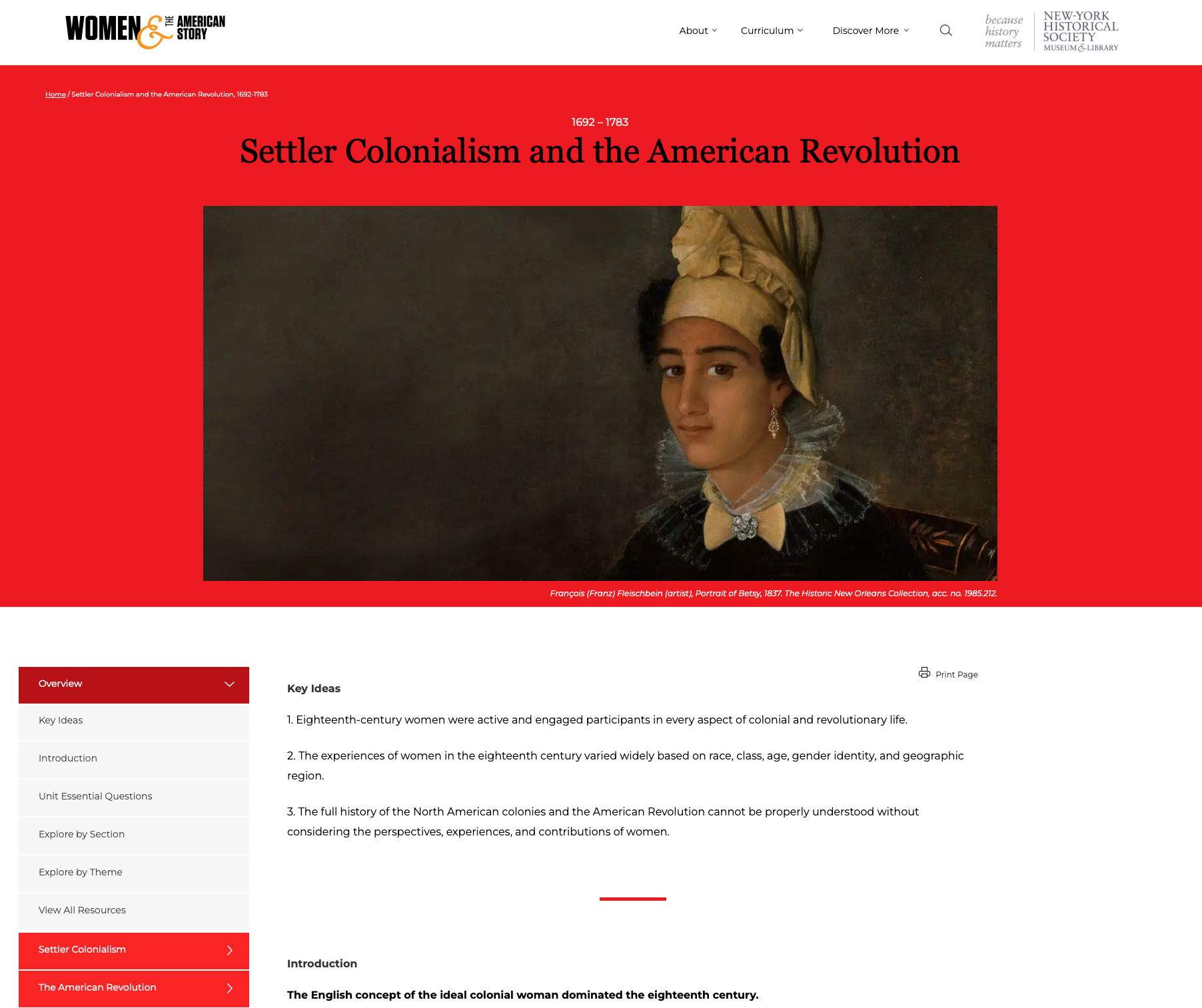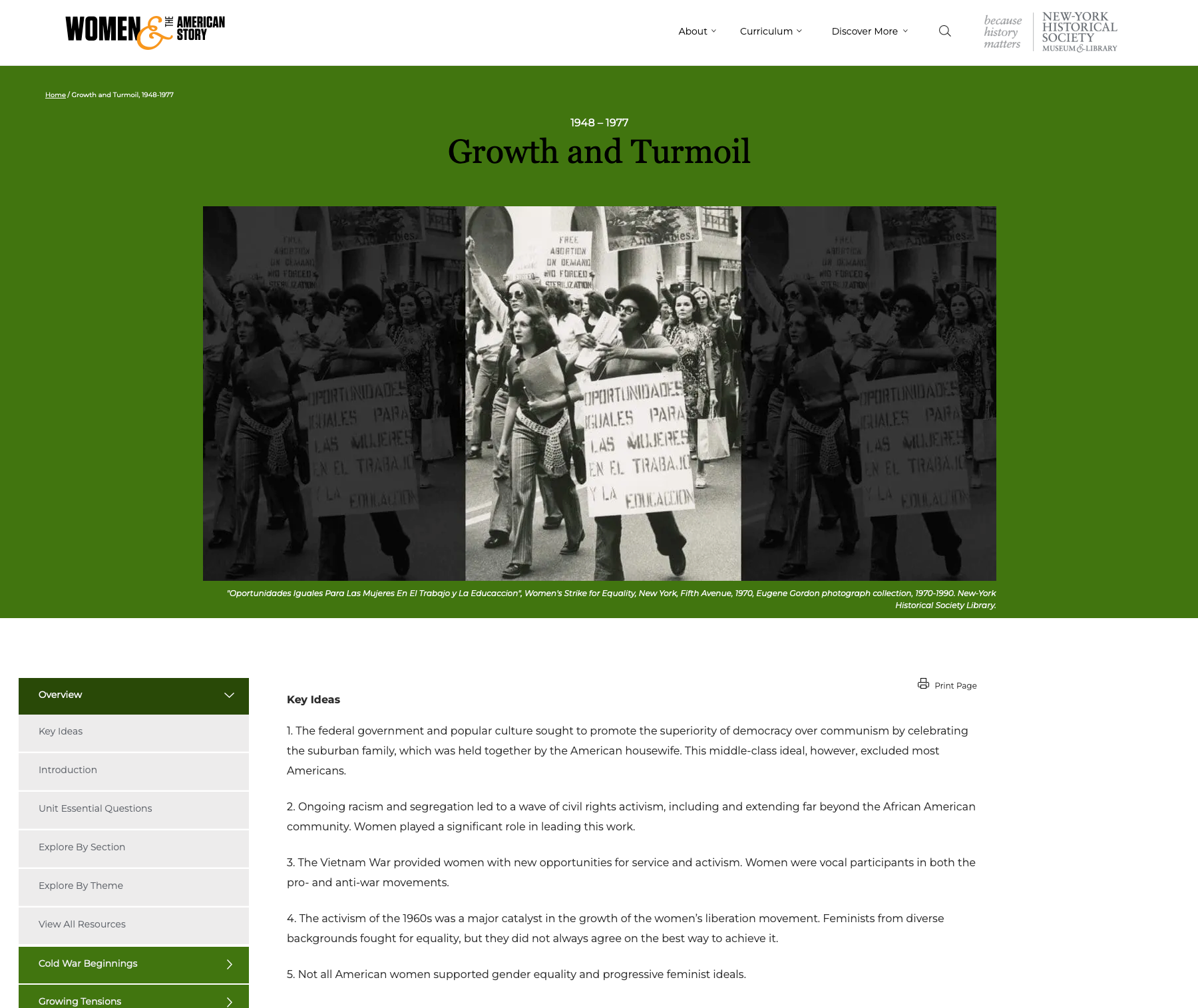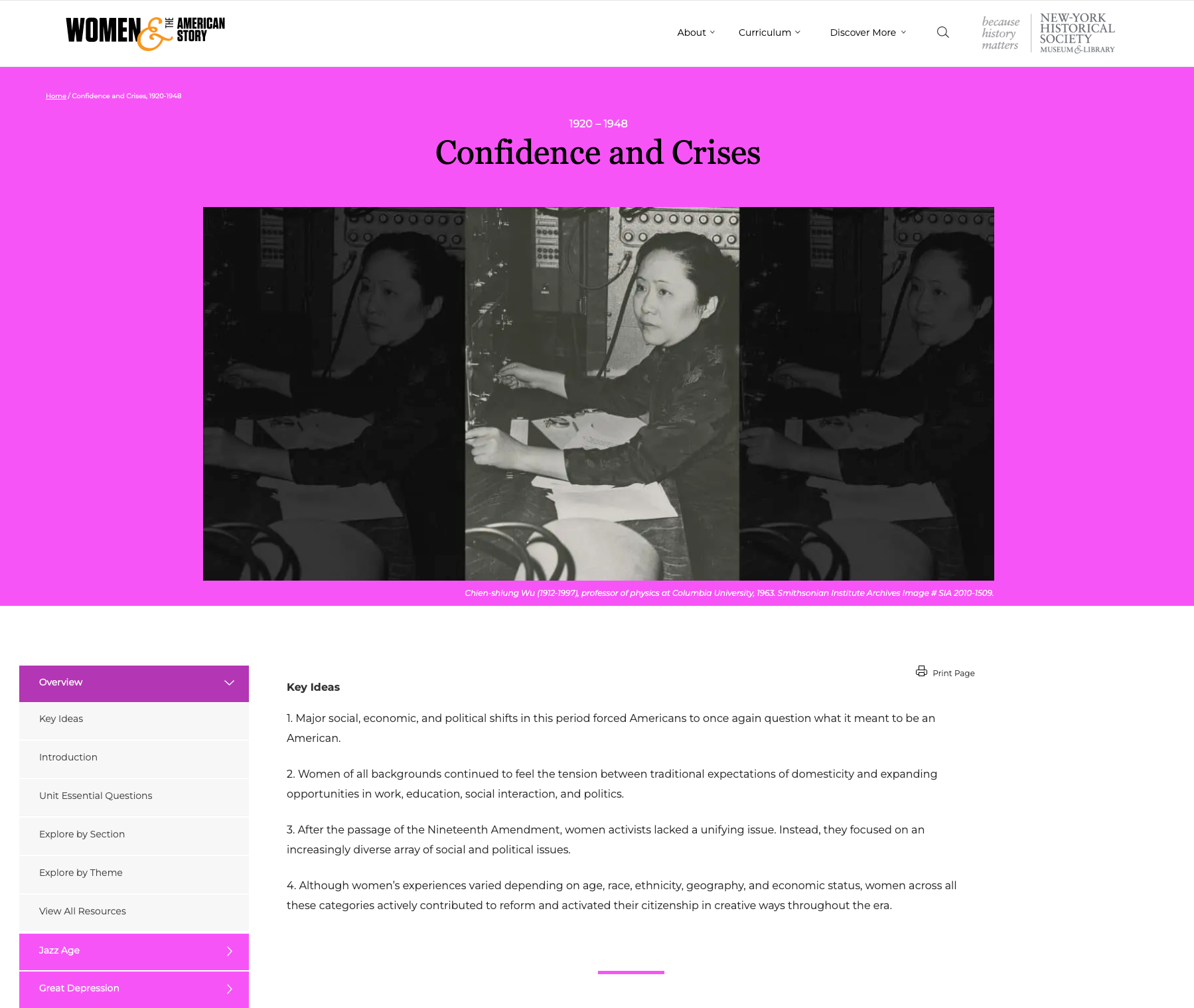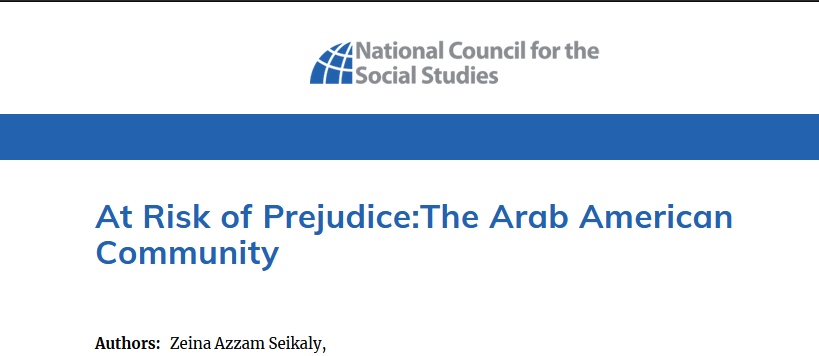-
 The LGBTQ+ Identity: Teacher's Guide
The LGBTQ+ Identity: Teacher's Guide From the website:
"Understanding LGBTQ+ Identity: A Toolkit for Educators offers a series of digital media resources to help teachers, administrators, guidance counselors, and other educators understand and effectively address the complex and difficult issues faced by LGBTQ students.
"These resources, intended for use in teacher professional development settings or with GSAs, feature short segments of video content from the groundbreaking PBS Digital Studios show First Person. First Person delivers candid personal narratives illustrating larger conversations about gender, sexuality, social norms, and identity development.
"All video content is scaffolded by a suite of materials (informational text, conversation guides, discussion questions, and teaching tips) to facilitate their use in either classroom or professional development settings. The videos and accompanying educational resources are designed to help promote understanding, awareness, and self-esteem."
-
 Settler Colonialism and the American Revolution: Women and the American Story History Unit (1692-1783)
Settler Colonialism and the American Revolution: Women and the American Story History Unit (1692-1783) Content wise, this unit goes best with 3rd grade history and 5th grade USHG Eras 2 and 3. There are opportunities for geography, economics, and civics integration. Which standards are best will depend on the resources you include, how you include them, and the grade you teach. That said, we do recommend these resources for all grades to help develop historical thinking and inquiry skills described in the K - 12 standards.
-
 Growth and Turmoil: U.S. History Unit (1948–1977)
Growth and Turmoil: U.S. History Unit (1948–1977) Content wise, this unit goes best with High School USHG Eras 7 + 8. There are opportunities for geography, economics, and civics integration.
-
 End of the Twentieth Century Women and the American Story History Unit (1977-2001): A Conservative Turn
End of the Twentieth Century Women and the American Story History Unit (1977-2001): A Conservative Turn Content wise, this unit goes best with High School USHG Eras 8+ 9. There are opportunities for geography, economics, and civics integration. Which standards are best will depend on the resources you include, how you include them, and the grade you teach. That said, we do recommend these resources for all grades to help develop historical thinking and inquiry skills described in the K - 12 standards.
-
 Early Encounters: Women and the American Story History Unit (1492-1734)
Early Encounters: Women and the American Story History Unit (1492-1734) Content wise, this unit goes best with 3rd Grade history and 5th grade USHG Eras 1 and 2. Which standards are best will depend on the resources you include, how you include them, and the grade you teach. That said, we do recommend these resources for all grades to help develop historical thinking and inquiry skills described in the K - 12 standards.
-
 Confidence and Crises: Women and the American Story History Unit (1920-1948)
Confidence and Crises: Women and the American Story History Unit (1920-1948) Content wise, this unit goes best with High School USHG Eras 6, 7, and 8. There are opportunities for geography, economics, and civics integration.
-
 Chaldean American Month Video Series
Chaldean American Month Video Series A 4 minute, 4-part YouTube playlist that explores:
1. Who are the Chaldeans?
2. Aramaic Language
3. Religion
4. Demographics
-
 At Risk of Prejudice: The Arab American Community
At Risk of Prejudice: The Arab American Community
 The LGBTQ+ Identity: Teacher's Guide From the website: "Understanding LGBTQ+ Identity: A Toolkit for Educators offers a series of digital media resources to help teachers, administrators, guidance counselors, and other educators understand and effectively address the complex and difficult issues faced by LGBTQ students. "These resources, intended for use in teacher professional development settings or with GSAs, feature short segments of video content from the groundbreaking PBS Digital Studios show First Person. First Person delivers candid personal narratives illustrating larger conversations about gender, sexuality, social norms, and identity development. "All video content is scaffolded by a suite of materials (informational text, conversation guides, discussion questions, and teaching tips) to facilitate their use in either classroom or professional development settings. The videos and accompanying educational resources are designed to help promote understanding, awareness, and self-esteem."
The LGBTQ+ Identity: Teacher's Guide From the website: "Understanding LGBTQ+ Identity: A Toolkit for Educators offers a series of digital media resources to help teachers, administrators, guidance counselors, and other educators understand and effectively address the complex and difficult issues faced by LGBTQ students. "These resources, intended for use in teacher professional development settings or with GSAs, feature short segments of video content from the groundbreaking PBS Digital Studios show First Person. First Person delivers candid personal narratives illustrating larger conversations about gender, sexuality, social norms, and identity development. "All video content is scaffolded by a suite of materials (informational text, conversation guides, discussion questions, and teaching tips) to facilitate their use in either classroom or professional development settings. The videos and accompanying educational resources are designed to help promote understanding, awareness, and self-esteem." Settler Colonialism and the American Revolution: Women and the American Story History Unit (1692-1783) Content wise, this unit goes best with 3rd grade history and 5th grade USHG Eras 2 and 3. There are opportunities for geography, economics, and civics integration. Which standards are best will depend on the resources you include, how you include them, and the grade you teach. That said, we do recommend these resources for all grades to help develop historical thinking and inquiry skills described in the K - 12 standards.
Settler Colonialism and the American Revolution: Women and the American Story History Unit (1692-1783) Content wise, this unit goes best with 3rd grade history and 5th grade USHG Eras 2 and 3. There are opportunities for geography, economics, and civics integration. Which standards are best will depend on the resources you include, how you include them, and the grade you teach. That said, we do recommend these resources for all grades to help develop historical thinking and inquiry skills described in the K - 12 standards. Growth and Turmoil: U.S. History Unit (1948–1977) Content wise, this unit goes best with High School USHG Eras 7 + 8. There are opportunities for geography, economics, and civics integration.
Growth and Turmoil: U.S. History Unit (1948–1977) Content wise, this unit goes best with High School USHG Eras 7 + 8. There are opportunities for geography, economics, and civics integration. End of the Twentieth Century Women and the American Story History Unit (1977-2001): A Conservative Turn Content wise, this unit goes best with High School USHG Eras 8+ 9. There are opportunities for geography, economics, and civics integration. Which standards are best will depend on the resources you include, how you include them, and the grade you teach. That said, we do recommend these resources for all grades to help develop historical thinking and inquiry skills described in the K - 12 standards.
End of the Twentieth Century Women and the American Story History Unit (1977-2001): A Conservative Turn Content wise, this unit goes best with High School USHG Eras 8+ 9. There are opportunities for geography, economics, and civics integration. Which standards are best will depend on the resources you include, how you include them, and the grade you teach. That said, we do recommend these resources for all grades to help develop historical thinking and inquiry skills described in the K - 12 standards. Early Encounters: Women and the American Story History Unit (1492-1734) Content wise, this unit goes best with 3rd Grade history and 5th grade USHG Eras 1 and 2. Which standards are best will depend on the resources you include, how you include them, and the grade you teach. That said, we do recommend these resources for all grades to help develop historical thinking and inquiry skills described in the K - 12 standards.
Early Encounters: Women and the American Story History Unit (1492-1734) Content wise, this unit goes best with 3rd Grade history and 5th grade USHG Eras 1 and 2. Which standards are best will depend on the resources you include, how you include them, and the grade you teach. That said, we do recommend these resources for all grades to help develop historical thinking and inquiry skills described in the K - 12 standards. Confidence and Crises: Women and the American Story History Unit (1920-1948) Content wise, this unit goes best with High School USHG Eras 6, 7, and 8. There are opportunities for geography, economics, and civics integration.
Confidence and Crises: Women and the American Story History Unit (1920-1948) Content wise, this unit goes best with High School USHG Eras 6, 7, and 8. There are opportunities for geography, economics, and civics integration. Chaldean American Month Video Series A 4 minute, 4-part YouTube playlist that explores: 1. Who are the Chaldeans? 2. Aramaic Language 3. Religion 4. Demographics
Chaldean American Month Video Series A 4 minute, 4-part YouTube playlist that explores: 1. Who are the Chaldeans? 2. Aramaic Language 3. Religion 4. Demographics At Risk of Prejudice: The Arab American Community
At Risk of Prejudice: The Arab American Community 